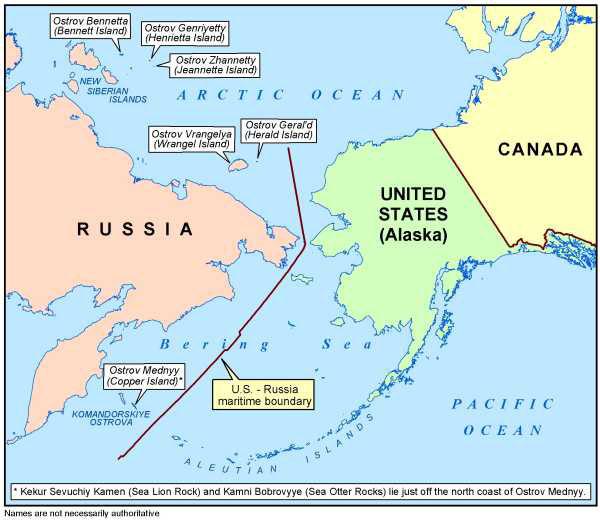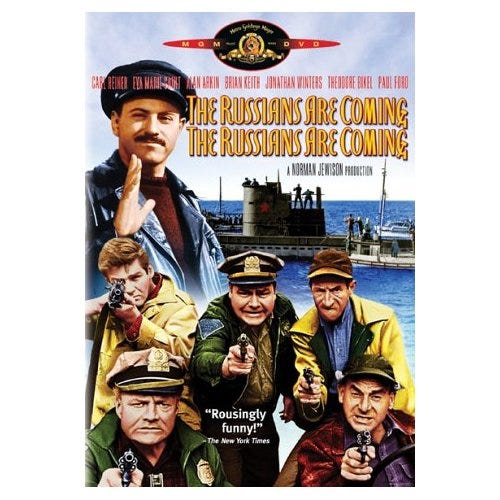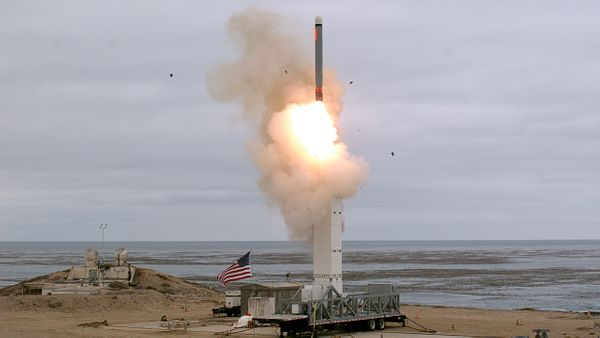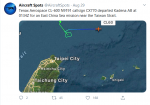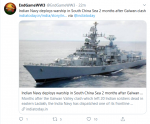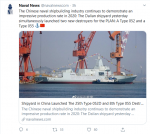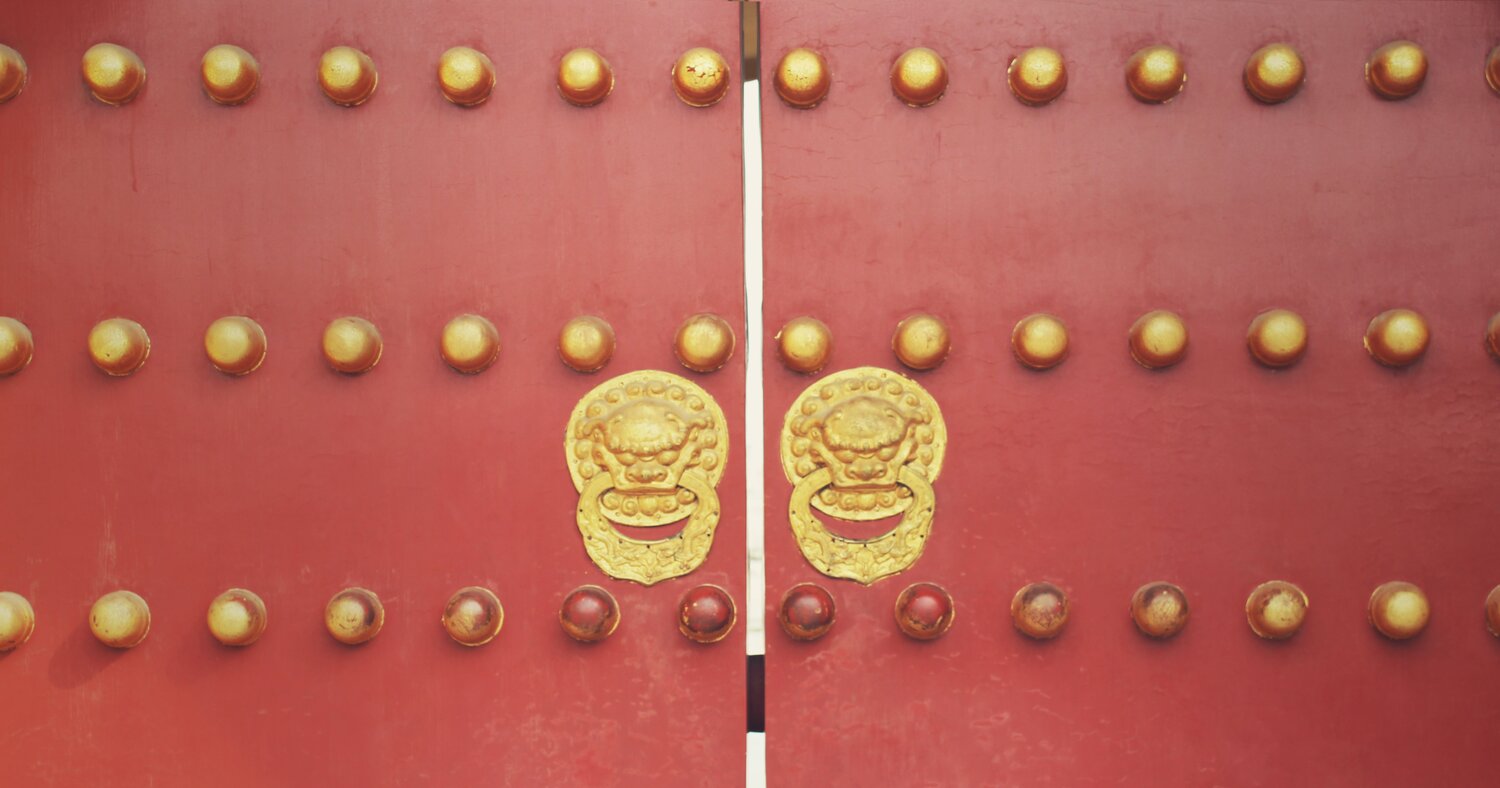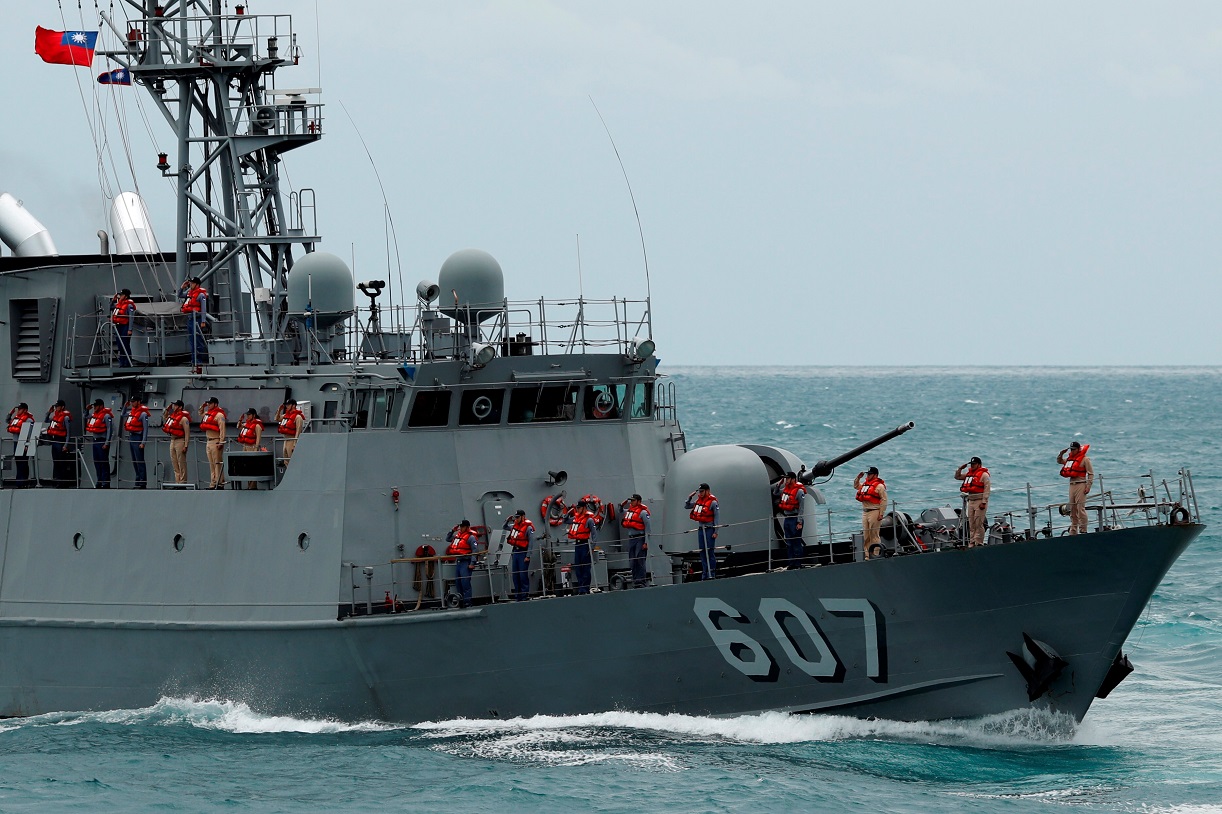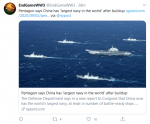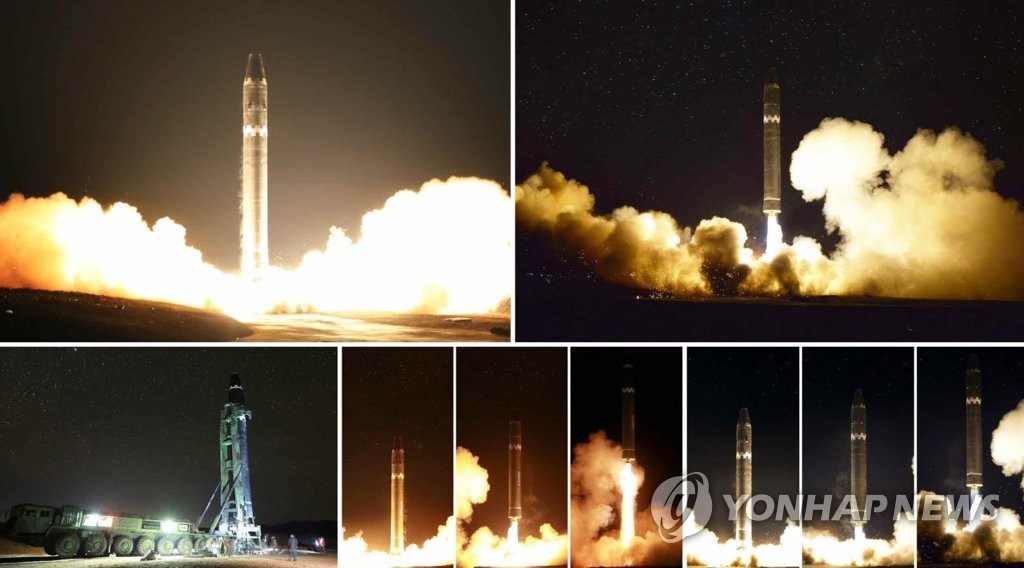Posted for fair use....
To be sure, foreign criticism does whip up Chinese patriotism and nationalism as it can elsewhere, but for Beijing, these criticisms cut to the core of the Chinese Communist Party’s innate vulnerabilities.

thestrategybridge.org
Beijing’s Strategic Ends: Harmony through Hierarchy and the End of Choice
George Bartle
September 1, 2020
At a 2010 Association of Southeast Asian Nations (ASEAN) Foreign Ministers meeting, China’s chief diplomat, Yang Jeichi made clear Beijing’s perspective on China’s Southeast Asian neighbors when he bluntly stated, "China is a big country and other countries are small countries, and that is just a fact." [1] Yang’s statement likely rankled many of the Southeast Asian leaders in attendance. Yet, unlike their Western counterparts, those same leaders likely understood the assertion through the prism of historic East Asian international relations and were probably unsurprised by a Chinese official uttering what many see as a traditional approach to regional power politics.
Response from the U.S. audience was quite different, with a frenzy of criticism and some congratulatory backslapping amongst Western observers who interpreted the statement as a perceived gaffe that they framed as a belligerent affront to the principle of sovereign equality.[2] The disconnect between America and its ASEAN partners illustrates a deeper problem in how the United States has approached Communist China for decades: foreign policy experts have often used Western political science frameworks to understand and interpret China’s approach to international relations. This article offers a framework outside the Western prism to help strategists create effective competitive tactics through a better understanding of Sino-centric approaches to power.
Understanding China’s Global Ambitions Through a Neo-Tributary Framework
Returning U.S. analytical models to a historically grounded understanding of China’s goals and methods refocuses efforts along a path that accepts China as being Chinese, not something that can be molded into a Western partner or that can be fully understood through Western political science theories. According to the neo-liberal and neo-realist theoretic perspectives guiding U.S. foreign policy, Chinese paradigms of empire, tribute, and vassalage had been relegated to the past, and therefore could be sublimated through a rules-based order governed by U.S.-created and led multilateral institutions. However, neo-liberal ideology failed to grasp that while the People’s Republic of China is a modern nation-state, it also maintains attributes of an ancient empire. This is not to say that China wants to abolish the current system or upend a rules-based order. Rather, Beijing seeks to bend global rules so they conform to its own worldview in an effort to define and direct international behavior, norms, and rituals.
Neo-liberal ideology failed to grasp that while the People’s Republic of China is a modern nation-state, it also maintains attributes of an ancient empire.
Ultimately, a Stalinist-infused neo-tributary approach to international relations, particularly in the Indo-Pacific, seeks an end state where smaller countries are locked into a hierarchical relationship with Beijing—managed not just through hard power, but also deference and ritual—where freedom of choice and the ability to pivot between great powers give way to Beijing’s preferences
. While Chinese academics have yet to coalesce around a single Sino-centric theory of international relations, one way of conceptualizing how Beijing achieves its strategic ends was articulated in a 2015 article by Su-Yan Pan and Joe Tin-Yao Lo, two scholars from the Hong Kong Institute of Education, who argued that China’s foreign policy is best understood through a neo-tributary framework that takes into account four core imperial concepts that continue to shape the Chinese Communist Party’s worldview:
- Chinese exceptionalism as motive;
- Trade and diplomacy as means;
- Cultural assimilation as political strategy;
- Image building as legitimacy defense.[3]
Chinese Exceptionalism as Motive
Beijing has long pursued a belief in Chinese exceptionalism, which has recently morphed into a more ethnocentric exceptionalism tied to Han Chinese identity.[4] Language, history, and culture all contribute to Beijing’s Sino-centric worldview, and the longevity of Chinese civilization feeds into perceptions of Han exceptionalism. While Imperial China was a hodgepodge of different ethnic groups tied together through Chinese language and cultural institutions, Han Chinese were more often in positions of power and influence within the bureaucracy.
Despite these privileged positions, prior to the fall of Imperial China in 1912, there was little concept of a Han Chinese race. Early 20th century Chinese revolutionaries helped promote a sense of Han identity through anti-Manchu campaigns and other forms of revolutionary zeal, but it was only in the past 40 years the concept of a Chinese race began to permeate widely throughout Chinese society.[5] This has allowed China’s post-Mao leadership to take historical views of Sino-centrism and co-opt it with ethno-nationalist rhetoric that identifies Han Chinese people and culture as exceptional, irreplaceable, and synonymous with China.[6] In modern foreign policy, Friend & Thayer found “the racism, xenophobia, and nativism embedded within the Han centric narrative have made possible a strong ‘us versus them’ mentality that the [People’s Republic of China] uses to promote its national interests.”[7]
Trade and Diplomacy as Means
Although trade was a driving force behind the Roman, British, and American empires, the Ming and Qing Dynasties viewed trade differently. Whereas the British recognized overseas trade was critical to generating wealth and strengthening the empire, China’s rulers were suspicious of foreign trade, viewing it more along the lines of the ancient diplomatic practice of gift exchange and believing trade was something vassal states and barbarians needed from China. As Pan and Lo note, “Trade followed diplomacy and, to Chinese thinking, subdued foreigners and ‘barbarians’ through cultural assimilation” and the performance of Confucian rituals.[8]
Although China now recognizes the importance of trade for its national development and foreign heads of state no longer physically kowtow before Chinese rulers, the link between trade and diplomacy is still an important component of Beijing’s worldview. Much of China’s post-Mao era foreign policy initiatives, such as Good Neighbor, Going Out, and the Belt and Road Initiative are clear examples of how trade and investment remain a unidirectional endeavor—flowing out of China rather than into it from foreigners.
The Belt and Road Initiative includes includes 1/3 of world trade and GDP and over 60% of the world's population.(Image:
World Bank)
Rituals of respect also played an important role in trade and diplomacy, and continue to shape how the People’s Republic of China conducts international relations. Although Xi Jinping has called for the creation of a “community of common destiny” that values “equality among sovereign nations regardless of regime type,” Xi and much of the Chinese leadership still see international relations through a hierarchical lens where power determines the pecking order.[9] This view demands China be seen as a great power, and that small states, particularly those in Asia, recognize the asymmetrical differences they have with Beijing. Beijing’s insistence on deference, ritual, and acceptance of China as East Asia’s hegemon manifests in its relationships with Indo-Pacific countries through the pageantry of high-level visits, participation in regional Chinese-led initiatives, avoidance of public disagreements with Beijing, and the repetition of Chinese Communist Party slogans.[10] Using similar methods, Beijing also sees multilateral institutions as important venues for shaping modern-day rituals and deference. Within the United Nations, Beijing has made concerted efforts to inject Chinese slogans into official documents.[11] This includes seemingly innocuous resolutions at the UN Human Rights Council that included terminology closely identified with Beijing such as “win-win cooperation” and “a community of shared future for humankind.”[12] Beijing has made similar attempts at inserting Belt and Road Initiative related slogans into UN documents and statements.
Drawing on the imperial and Stalinist traditions, the Chinese Communist Party wields words not “as vehicles of reason and persuasion,” but as “weapons for defining, isolating, and destroying opponents'' and as a tool to “distinguish friends from enemies.”[13] Domestically, the Chinese Communist Party expects loyal citizens to parrot back its slogans in ritualistic acts of political loyalty known as
biaotai or “declaring where one stands.”[14] Like Confucian rituals of deference to the emperor, the Chinese Communist Party’s attempt to shape modern diplomatic ritual through the inclusion of slogans in joint statements or UN documents is an attempt to force smaller powers to make deferential and ritualistic statements of conformity with the People’s Republic of China in exchange for what are viewed as economic and political gifts.
Cultural Assimilation as Political Strategy
Beijing’s attempts to co-opt modern-day rituals are not limited to perfunctory statements. For China, gaining influence over culture through ceremony and ritual is key to maximizing power.[15] By making concepts, objects, and values sacred, Beijing takes them out of the political, and therefore debatable realm, and into an untouchable realm more akin to religion than international relations. Like mantras and prayers, the ritualistic repetition of slogans and physical acts of deference eventually have the effect of shifting perceptions and realities over time. Therefore, while it is easy to see how power grows out of the barrel of a gun, less obvious is how power is wielded through control of culture, language, rituals, norms, and institutions. While the process of assimilation can be coercive, smaller states often voluntarily adopt linguistic, political, philosophical, or institutional features of a more dominant state to gain benefits. In Imperial China, “court rituals, Chinese language, and associated cultural assimilation were the means through which Beijing exercised its power and influence.”[16]
Image Building as Legitimacy Defense
The lynchpin in China’s ability to create a neo-tributary system is its ability to maintain and project its image as a benevolent hegemon that seeks to preserve social and political harmony through peaceful hierarchy. In this sense, China’s image has historically gone hand in hand with more traditional elements of national power in legitimizing its position atop the East Asian order.[17] This also helps explain the often-visceral reaction Beijing has to criticism.
To be sure, foreign criticism does whip up Chinese patriotism and nationalism as it can elsewhere, but for Beijing, these criticisms cut to the core of the Chinese Communist Party’s innate vulnerabilities.
As with Chinese imperial dynasties before it, the Chinese Communist Party needs to be seen as moral, responsible, and benevolent in order to maintain its governing legitimacy. So, while the Chinese Communist Party does use image building to maximize its international power, it is important to remember that its main motivation is inward-focused self-preservation.[18] In the United States on the other hand, governing legitimacy is determined through elections, laws, and Congress, not through the morality, benevolence, or economic performance of an imperial court or ruling clique. As such, foreign criticism of the United States might damage the reputation of a political party or politician, but it does not pose an existential threat to the broader government.
By contrast, and critically for Beijing, undermining China’s international image could eventually threaten the leadership’s domestic power. Therefore, if foreign countries counter Beijing’s assertions that China’s rise under the Chinese Communist Party is benign and will contribute to social harmony and economic prosperity, it also undermines the same foundations the Chinese Communist Party uses to assert its control within China. To be sure, foreign criticism does whip up Chinese patriotism and nationalism as it can elsewhere, but for Beijing, these criticisms cut to the core of the Chinese Communist Party’s innate vulnerabilities.
The Legacy of Marxist-Stalinist Ideology
The Stalinist influences on the Chinese Communist Party can be seen in its paranoid belief of a perpetual battle against internal enemies and western liberalism where struggle is itself a political end.[19] While there are many obvious and subtle examples of how Marxist-Stalinist ideology influences Beijing’s strategic thinking, the concept of contradictions deserves special attention.
In his October 2017 marathon speech at the 19th National Party Congress, Xi Jinping hearkened back to Maoist-era rhetoric when he proclaimed, “realizing our great dream demands a great struggle. It is in the movement of contradictions that a society advances; where there is contradiction there is struggle.”[20] While Marx originally assessed that contradictions would be resolved through “the practical and violent action of the masses,” Stalin added the theme of perpetual struggle to contradictions theory, saying that the only way for the Communist Party to remain strong was by continuously “purging itself.”[21] As a student of Stalin, Mao Zedong, in his famous 1937 essay
On Contradictions, wrote that “changes in society are due chiefly to the development of the internal contradictions...it is the development of these contradictions that pushes society forward and gives the impetus for the supersession of the old society by the new.”[22]
That Xi Jinping still focuses on resolving contradictions today is a marker of how embedded this strand of thinking remains within the Chinese Communist Party. Within China, contradictions generally take the form of factions, forces, or ideas that could threaten Chinese Communist Party rule. Outside China, contradictions could be anything that threatens China’s image, questions Beijing’s place near the top of an international hierarchy of power or calls the Chinese Communist Party’s legitimacy into question. Rather than follow traditional Chinese philosophy, which recognizes contradictions as a naturally occurring phenomenon that can be managed and even celebrated, the modern Chinese Communist Party sees contradictions as something that must be resolved as part of a greater struggle to achieve “national rejuvenation.” As Xi said in a 2015 speech, “History has told us that, the cause of the Chinese nation’s rejuvenation, which history and the people have chosen the [Chinese Communist Party] to lead, is correct, must be upheld, and can never be doubted.”[23]
Empathizing with a Sino-Centric Worldview
Like most states, Beijing seeks to maximize Chinese power and influence. While the Chinese Communist Party’s approach to maximizing power relies on traditional tools of statecraft such as military and economic might, its tactics and desired end states differ from those conceptualized in Western political science models. Motivated by a strong sense of Han Chinese exceptionalism, Beijing wields trade, diplomacy, and cultural assimilation alongside its hard power tools to chip away at the Indo-Pacific’s freedom of choice and replace it with a hierarchical power structure managed not just through military and economic might, but also deference and ritual. The injection of Chinese Communist Party slogans into international documents and co-opting the structure and diplomatic rituals of multilateral institutions is Beijing’s attempt to bend regional rules and norms towards its preferences through slow—almost imperceptible—change. Too often, U.S. strategists frame great power competition through Western-centric theories that discount levers of influence such as ritual, language, and deference. An appreciation for, and a better understanding of, Sino-centric approaches to power will better inform strategy and sharpen the diplomatic tools available to practitioners as they work to prevent Beijing’s attempts to impose “harmony” through a People’s Republic of China dominated hierarchy.
George Bartle is a U.S. Foreign Service Officer. The views expressed are those of the author and do not reflect the official position of the Department of State or U.S. Government.
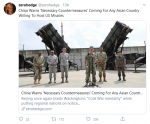

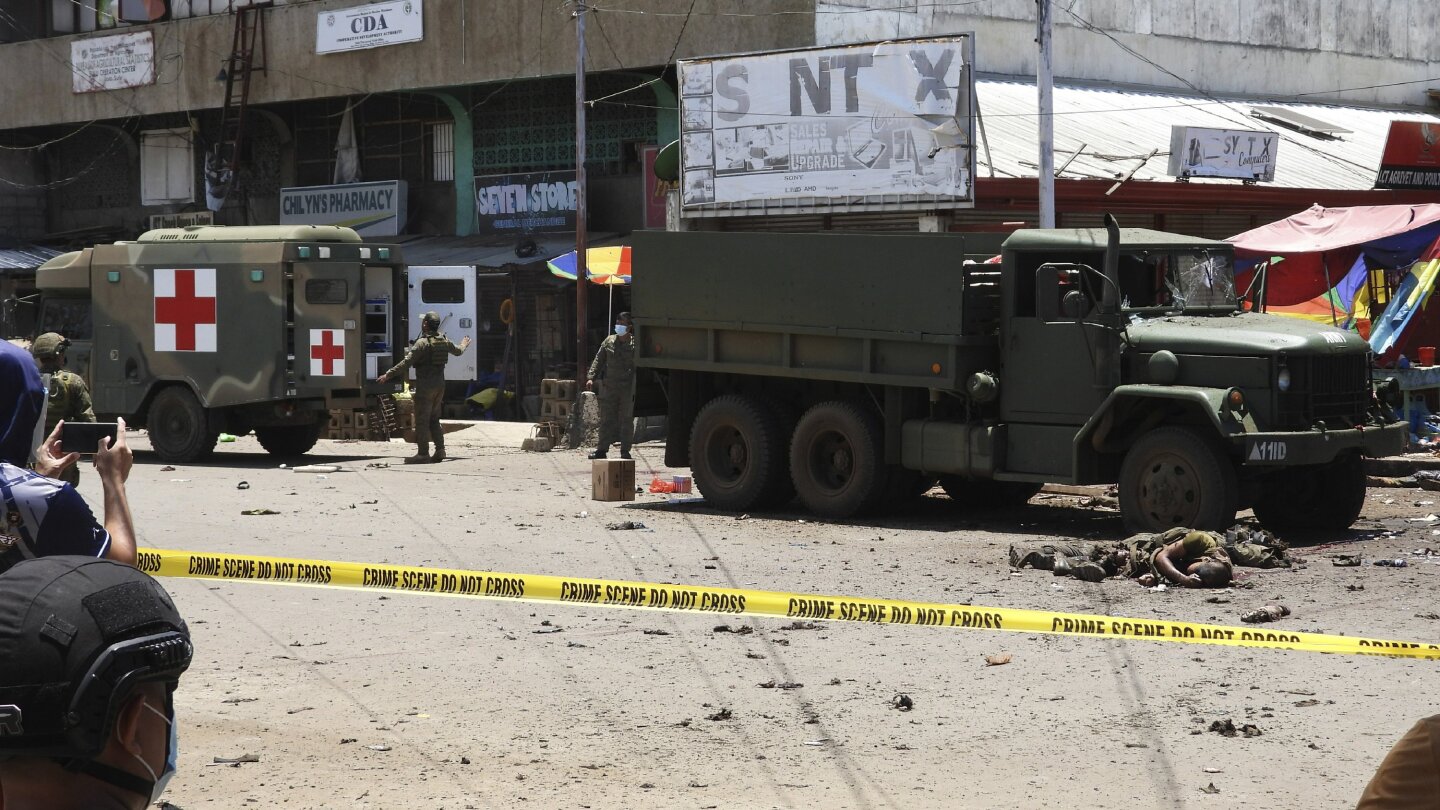

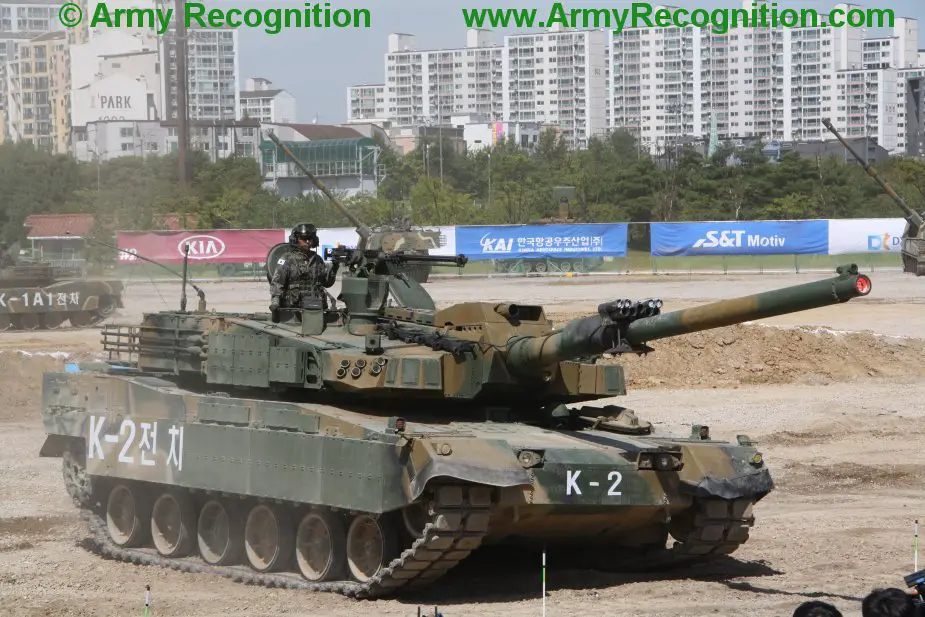
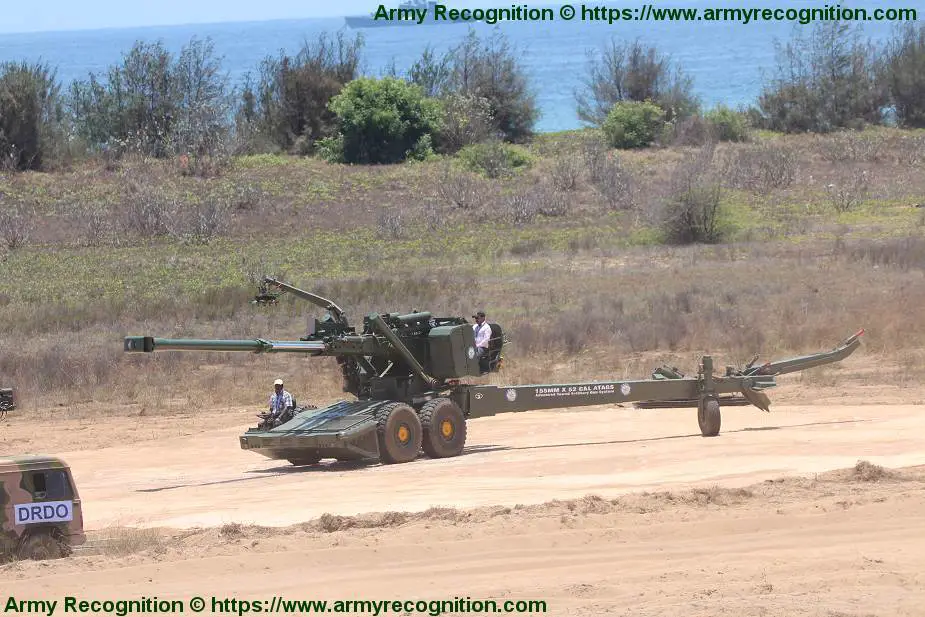
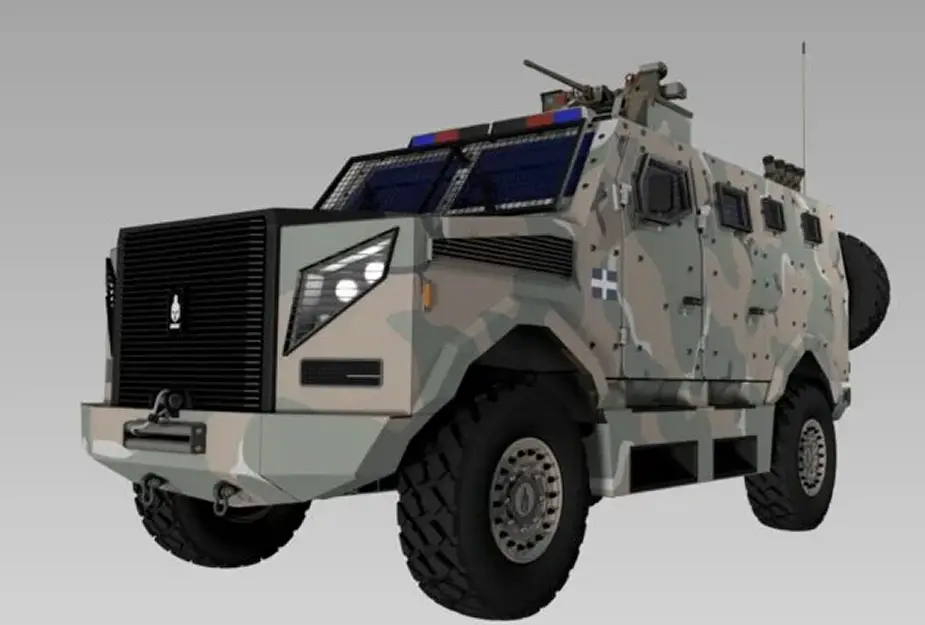
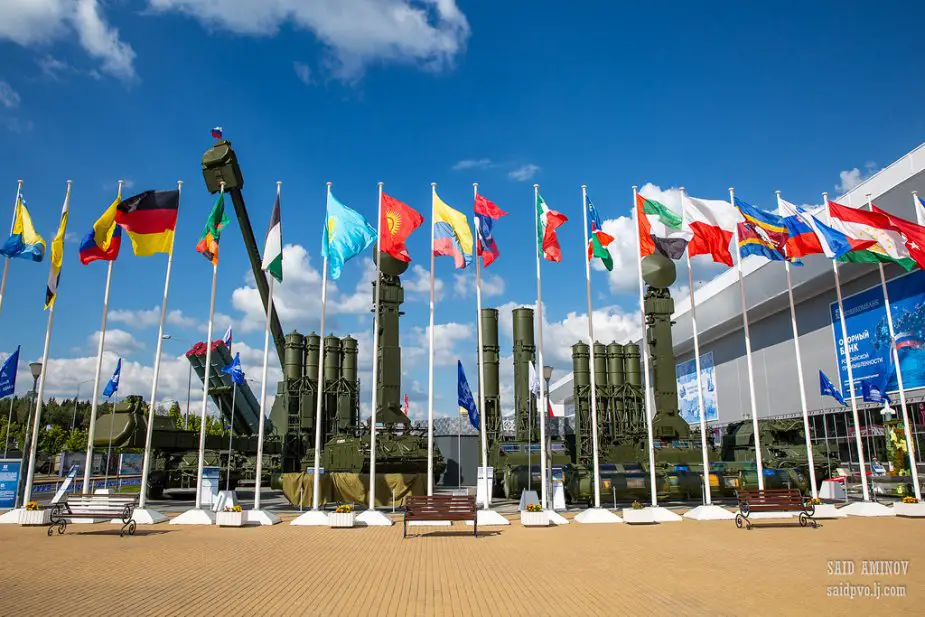
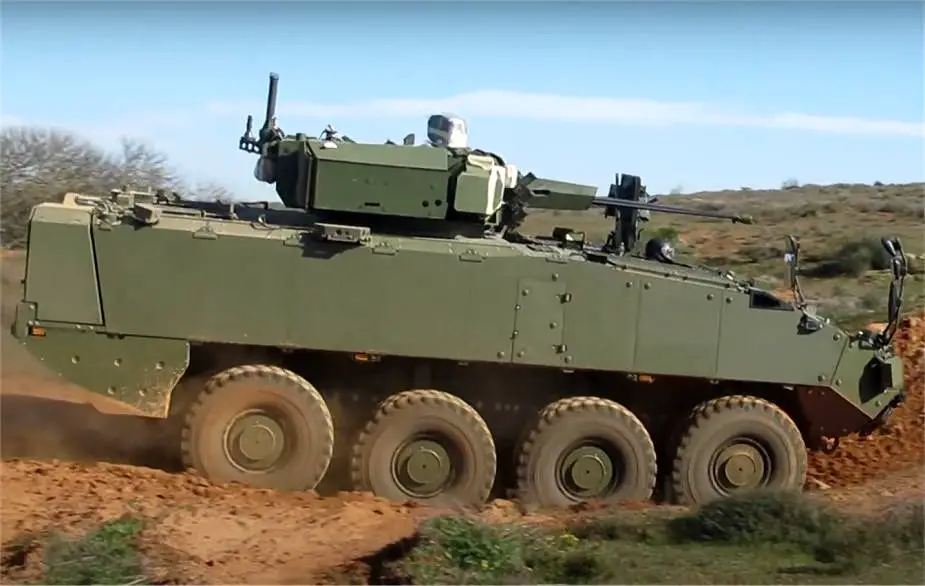
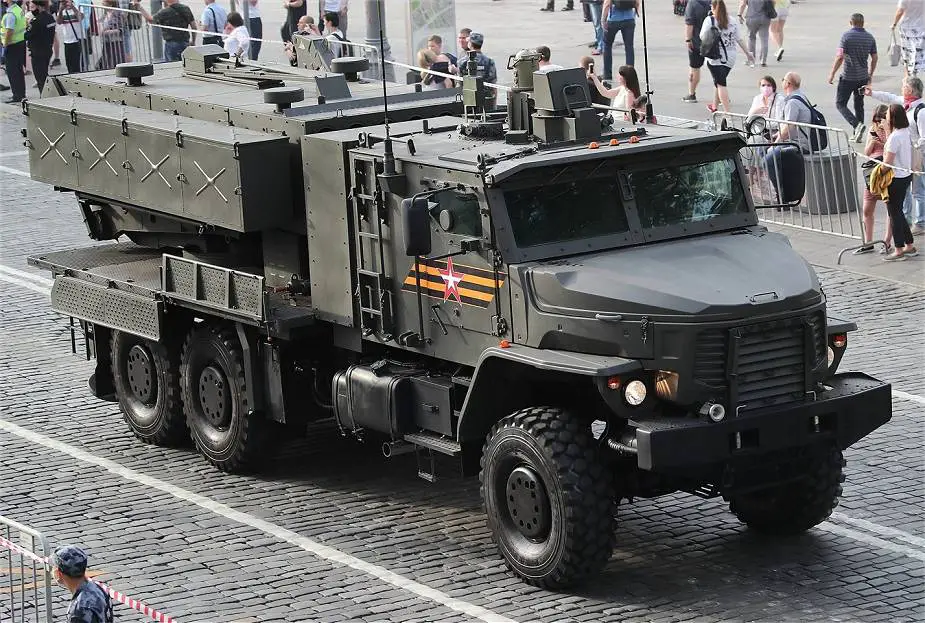
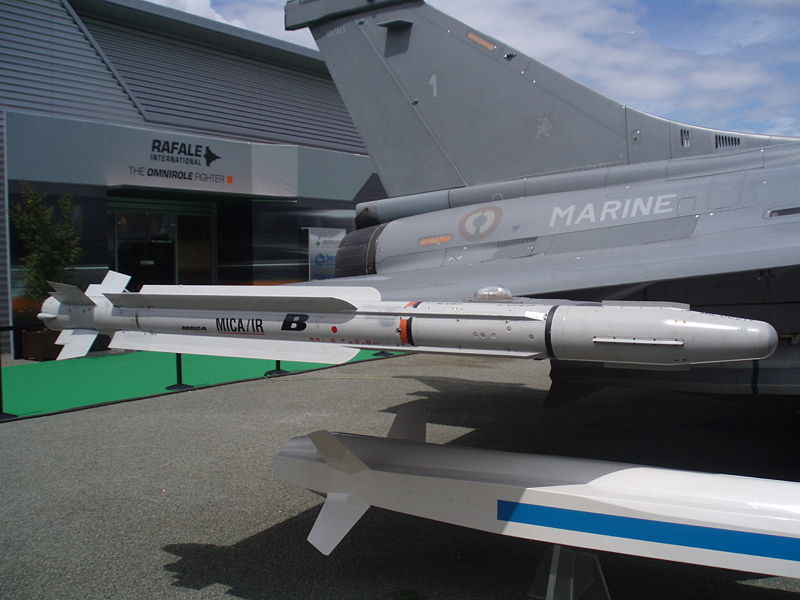
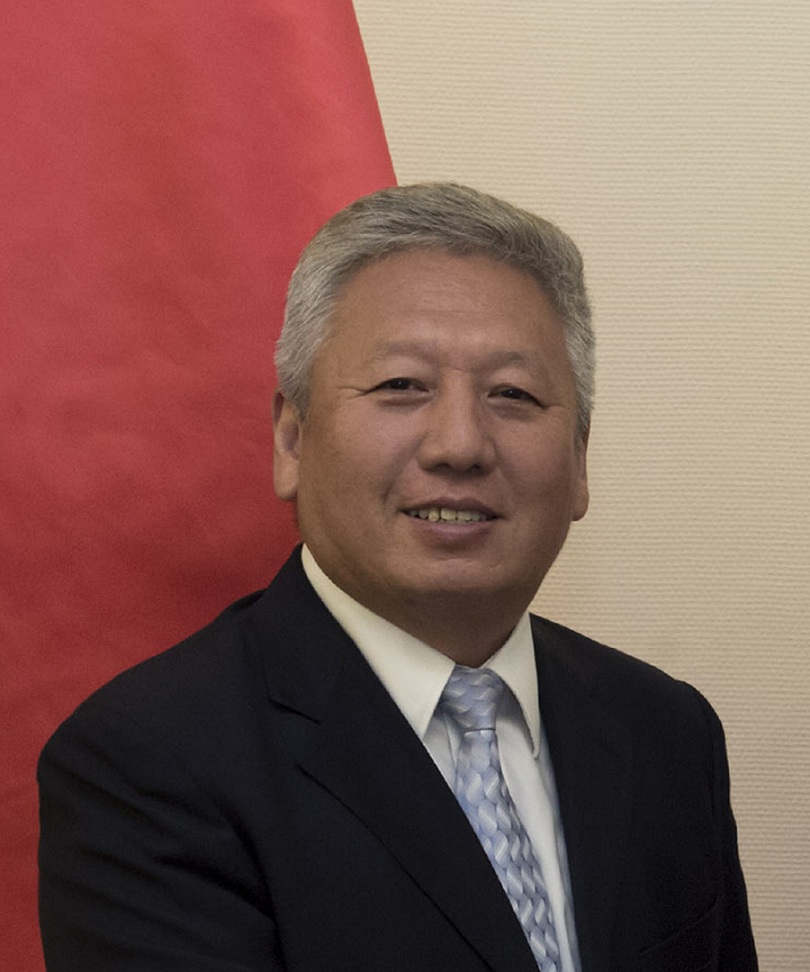

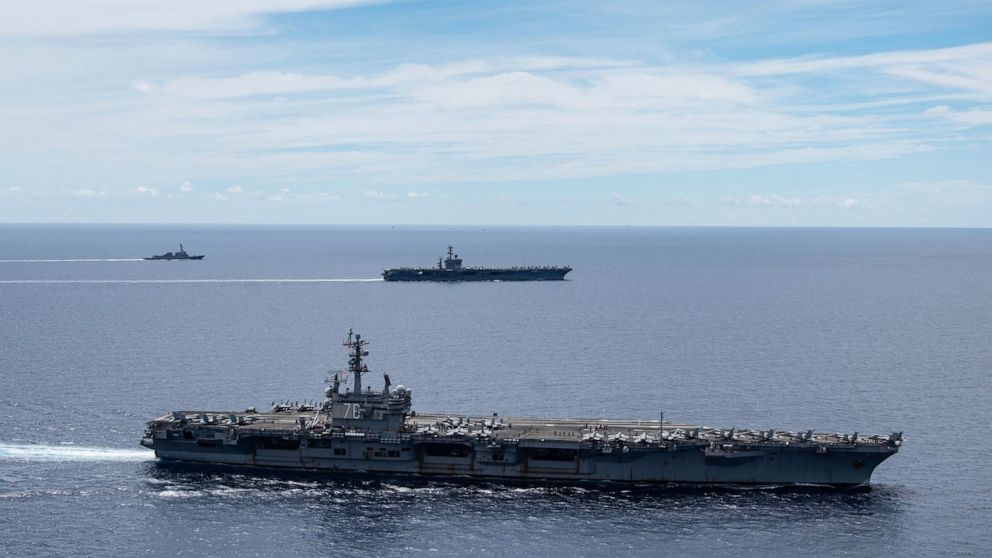
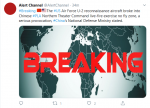
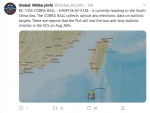
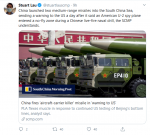
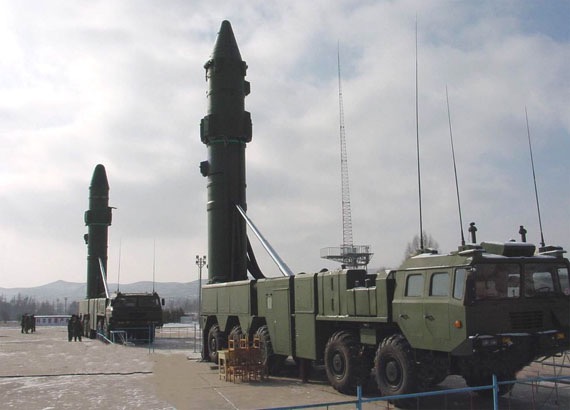
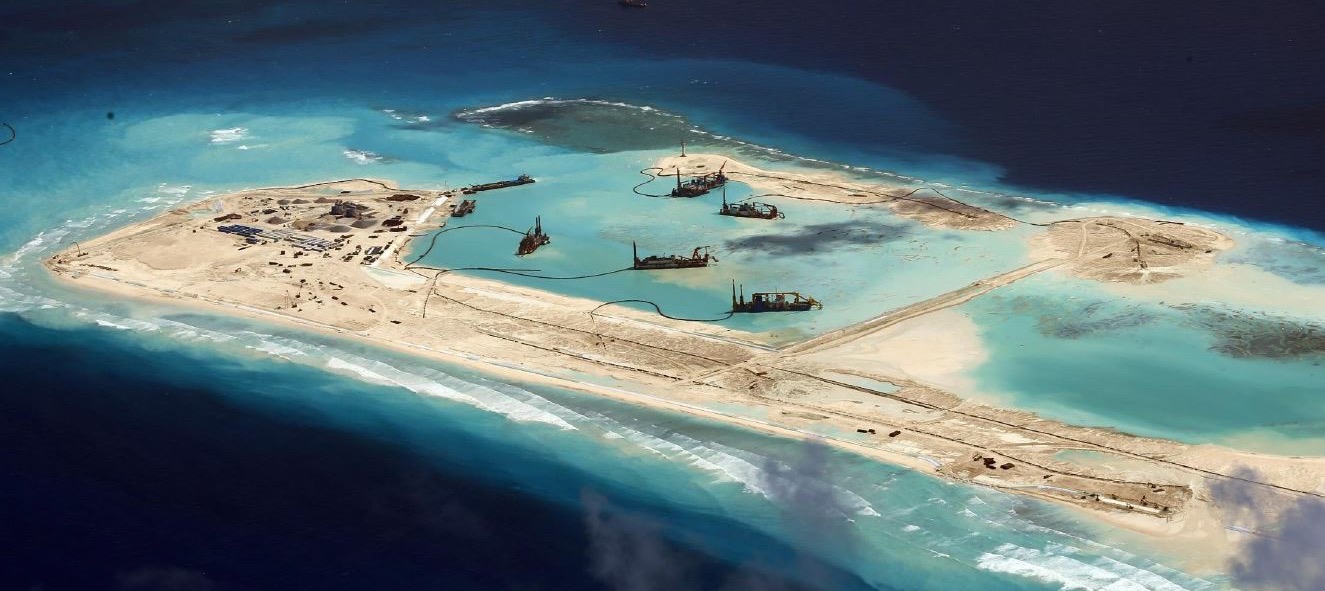
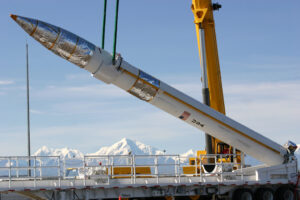
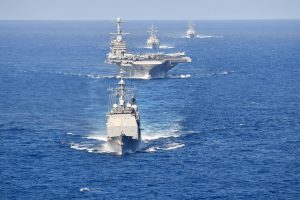
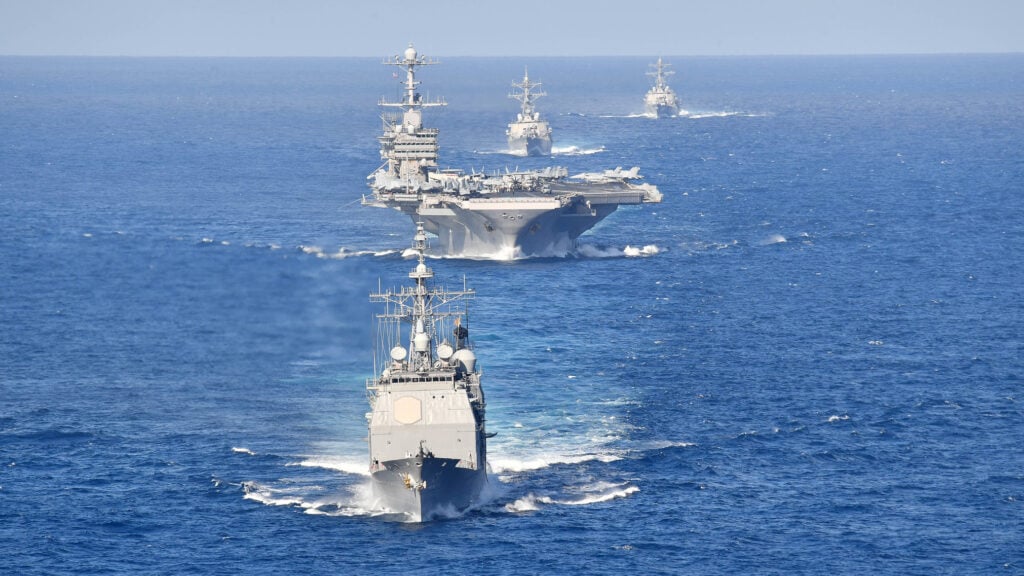


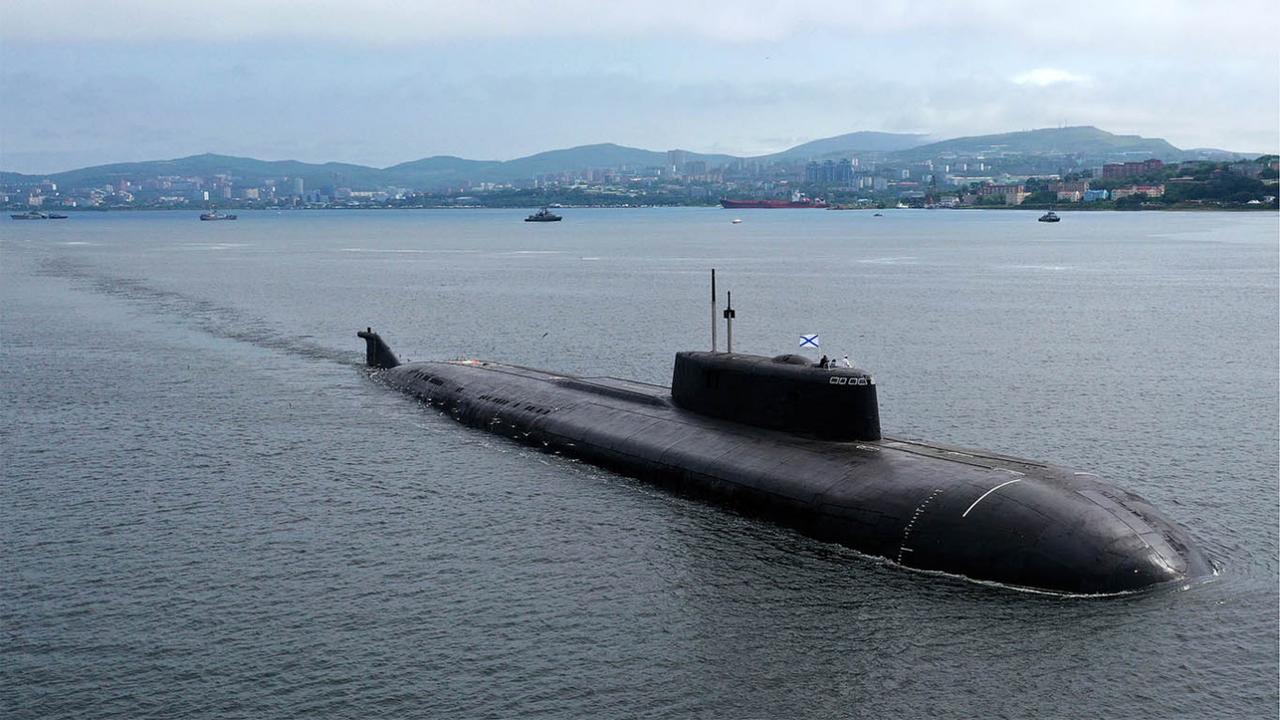 Illustrative file image, via TASS
Illustrative file image, via TASS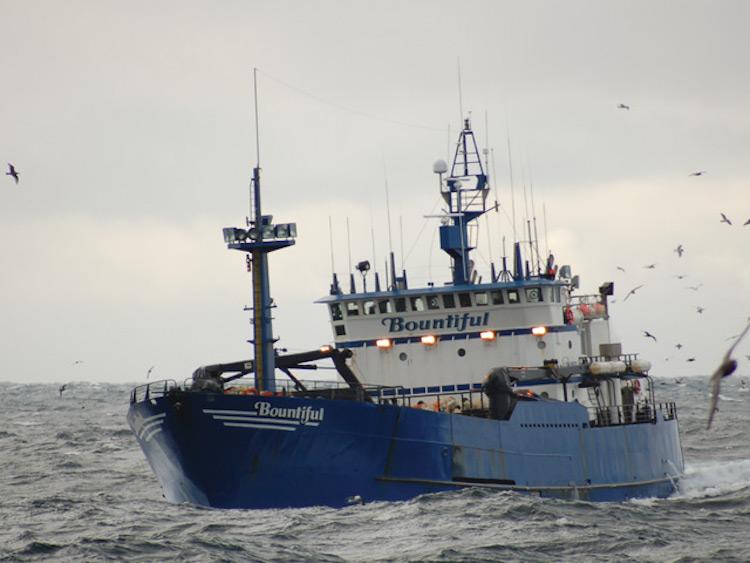 File image via Trident Seafoods
File image via Trident Seafoods